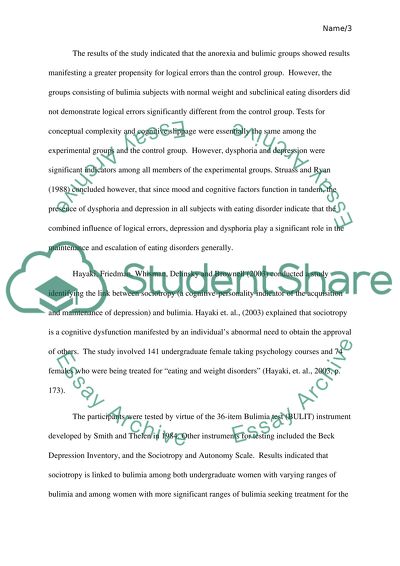Cite this document
(“The Role of Cognitive Factors in the Maintenance of Bulimia Essay”, n.d.)
Retrieved from https://studentshare.org/psychology/1458979-the-role-of-cognitive-factors-in-the-maintenance-of-bulimia
Retrieved from https://studentshare.org/psychology/1458979-the-role-of-cognitive-factors-in-the-maintenance-of-bulimia
(The Role of Cognitive Factors in the Maintenance of Bulimia Essay)
https://studentshare.org/psychology/1458979-the-role-of-cognitive-factors-in-the-maintenance-of-bulimia.
https://studentshare.org/psychology/1458979-the-role-of-cognitive-factors-in-the-maintenance-of-bulimia.
“The Role of Cognitive Factors in the Maintenance of Bulimia Essay”, n.d. https://studentshare.org/psychology/1458979-the-role-of-cognitive-factors-in-the-maintenance-of-bulimia.


